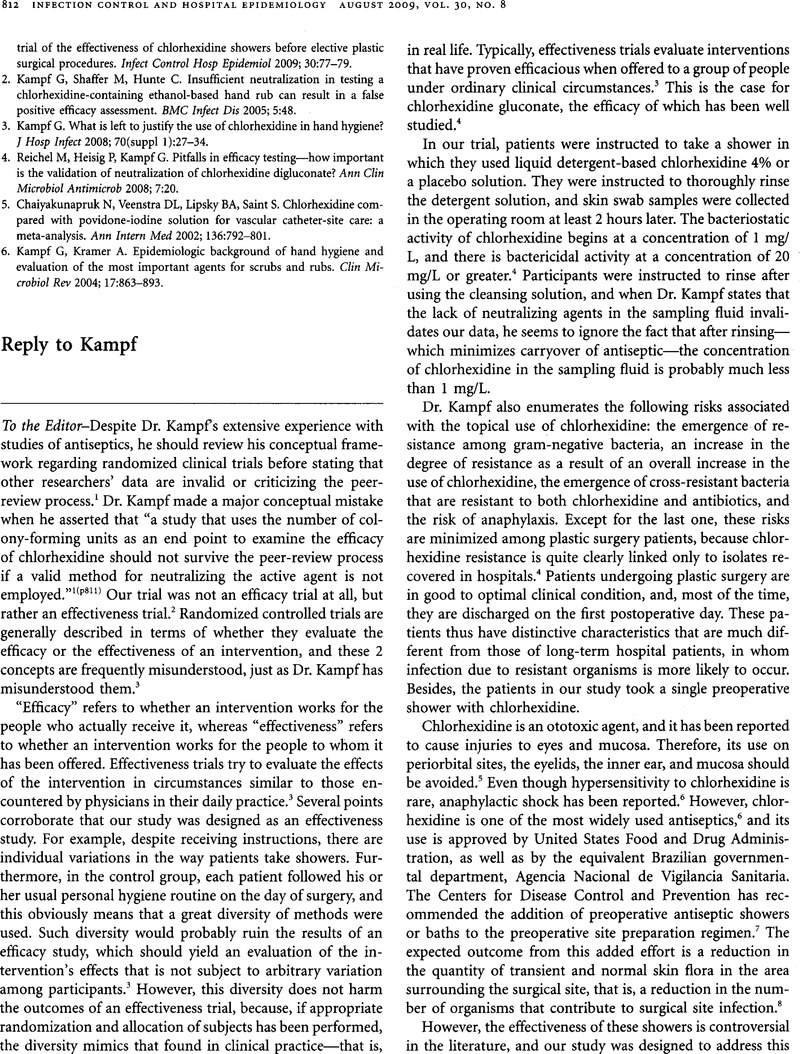Crossref Citations
This article has been cited by the following publications. This list is generated based on data provided by Crossref.
Biermann, N. M.
McClure, J. T.
and
Doyle, A. J.
2020.
Letter to the Editor: Response to letter regarding: Prospective, randomised clinical trial of four different presurgical hand antiseptic techniques in equine surgery.
Equine Veterinary Journal,
Vol. 52,
Issue. 1,
p.
158.



